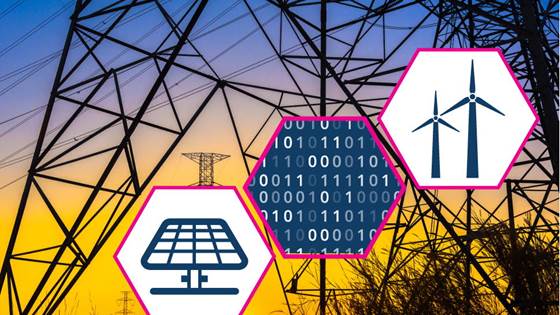
FlexPlan
Advanced methodology and tools taking advantage of storage and FLEXibility in transmission and distribution grid PLANning.

Advanced methodology and tools taking advantage of storage and FLEXibility in transmission and distribution grid PLANning.
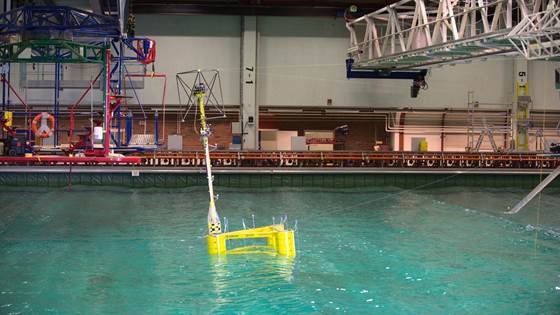
Advanced Wave and Wind Load Models for Floating Wind Turbine.
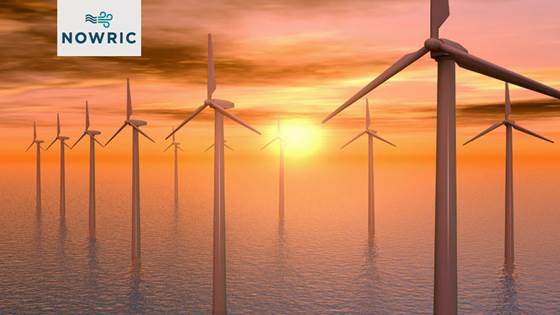
Vision: Accelerating deployment of offshore wind
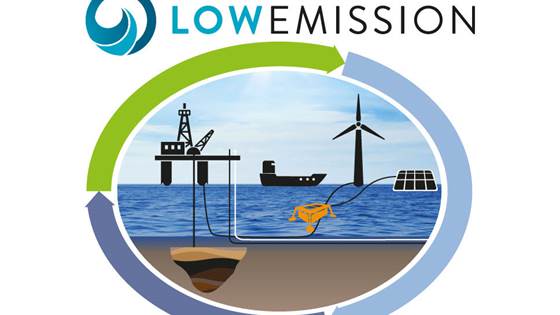
The LowEmission Research Centre will develop new technologies and concepts for offshore energy systems, energy efficiency and integration with renewable power production technologies for application on the Norwegian Continental Shelf (NCS).
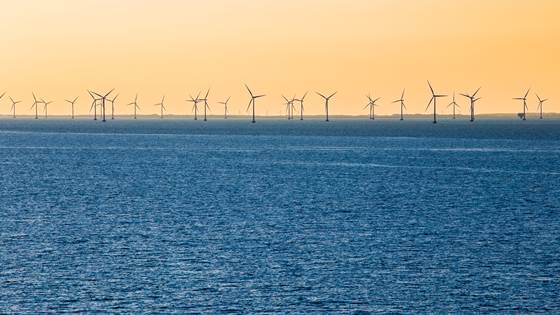
The EU Strategic Energy Technology Plan (SET-Plan) was launched in 2008 and updated in 2015. It coordinates European low-carbon research and innovation activities.

In a future sustainable power system there will be large shares of renewable generation, but also more changes in consumption and more cross-border transmission. Thus, the operation of the power system becomes more challenging, and calls for better...
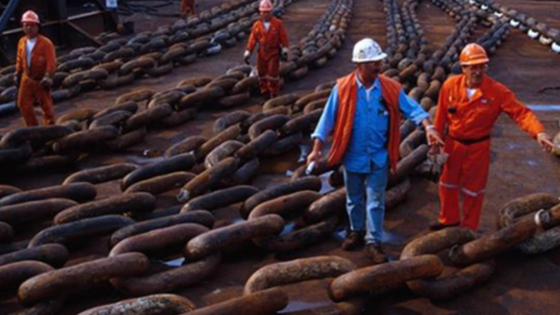
Improved lifetime estimation of mooring chains.
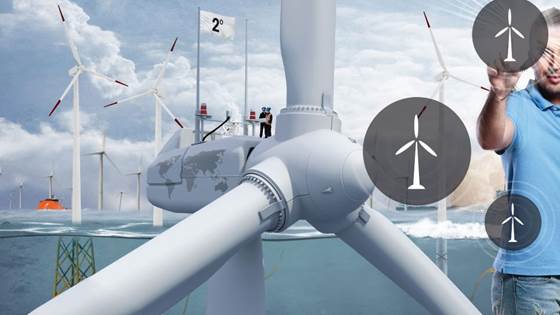
The ambition of the TotalControl project is to develop the next generation of wind power plant (WPP) control tools, improving both WPP control itself and the collaboration between wind turbine (WT) and WPP control.
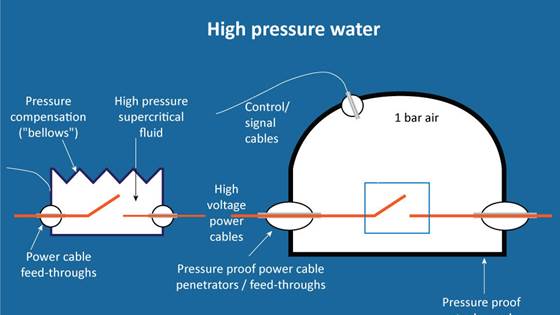
An increasing number of windfarms located far off the coasts and a growing demand for electric power supply to oil and gas installations on the seabed will lead to a development of an off-shore electric power transmission infrastructure.
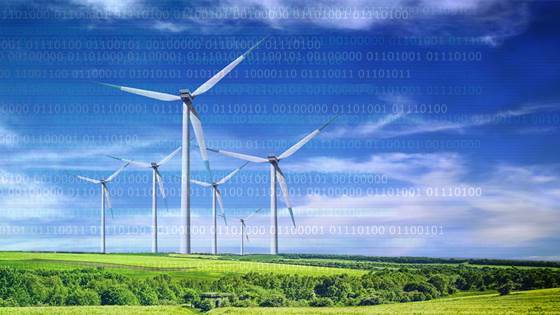
The goal of UPWARDS project is to develop a simulation framework, which will incorporate a more complete description of the wind field, turbine, the support structure, and their interaction in order to better understand the physics of the entire...
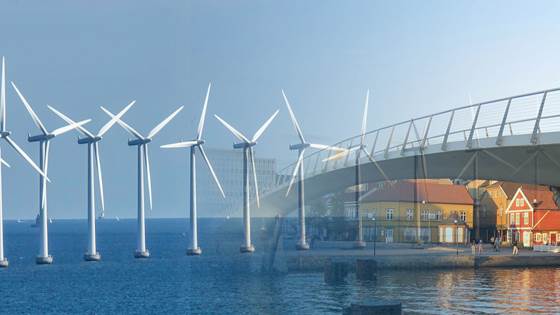
The objective of DACOMAT is to develop more damage tolerant and damage predictable low cost composite materials in particular aimed for used in large load carrying constructions like bridges, buildings, wind-turbine blades and offshore structures...
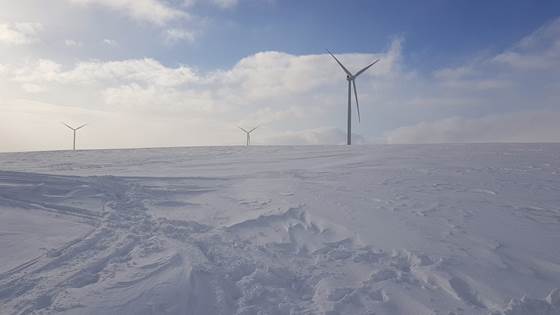
There are significant resources of wind power in areas where few people live, and which cannot be exploited due to a weak grid. A solution is to produce hydrogen and export it.
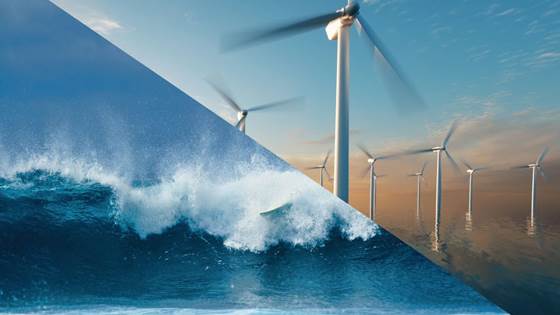
Evolving from the initial MaRINET project, EU H2020 is currently working with the project MaRINET2 towards a vision of exploiting the renewable energy potential of the oceans.

The objective of MARINERG-i is to become the leading internationally distributed infrastructure in the Marine Renewable Energy (MRE) sector.
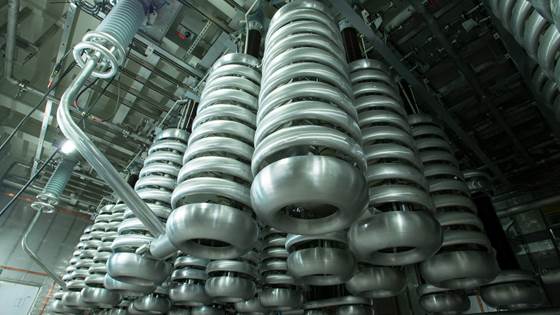
Future power systems are facing new challenges when traditional thermal generation units are replaced by renewable energy sources with power electronic grid interfaces.
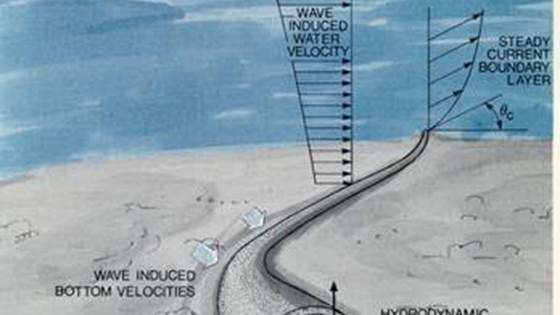
Solving engineering challenges in global response analysis of subsea pipelines, umbilicals and power cables.
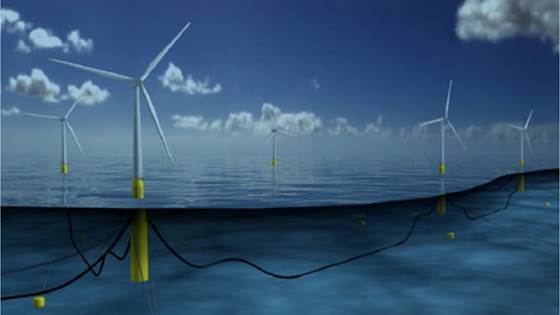
Primary Objective: To develop knowledge and tools for optimized operation and control of wind power plants, reducing costs and increasing profitability
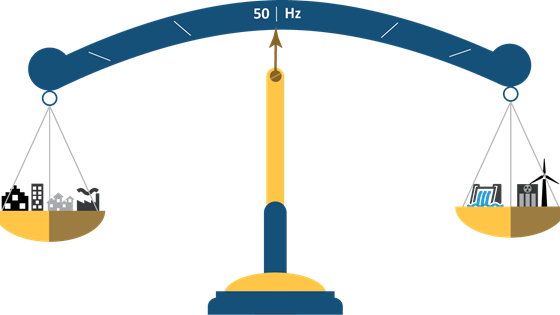
The Nordic power market is in transition, both in terms of technologies used for power generation and market structures.